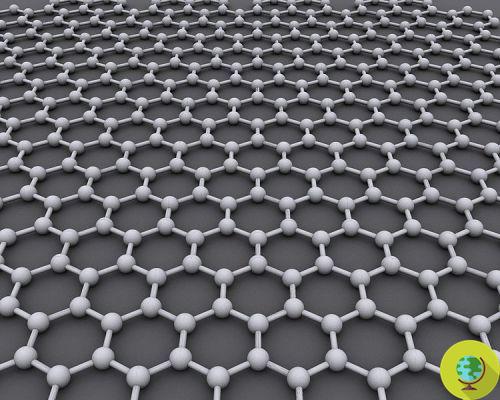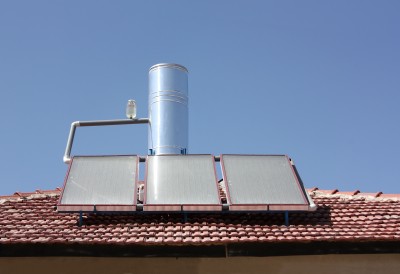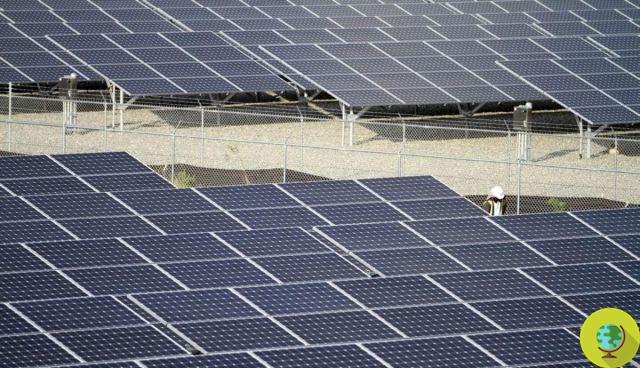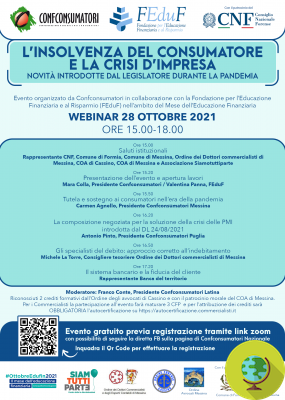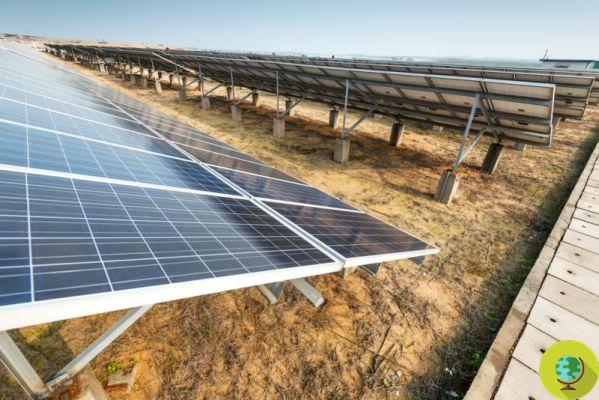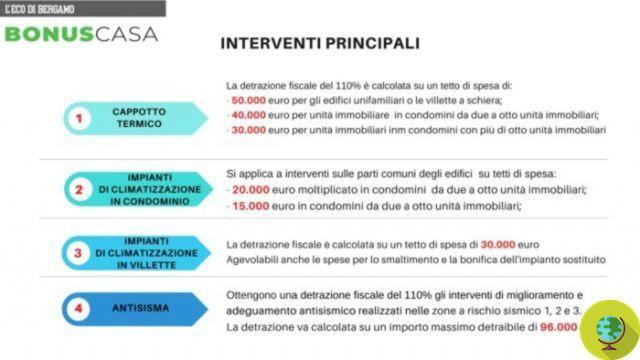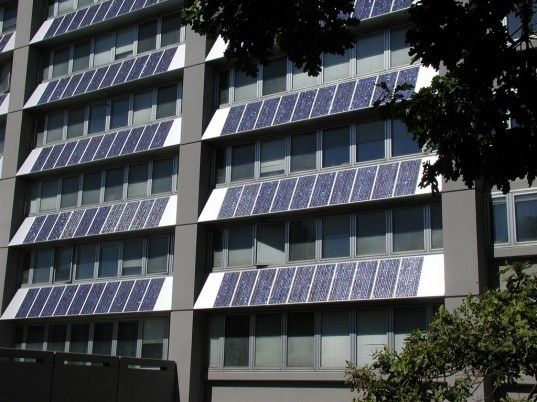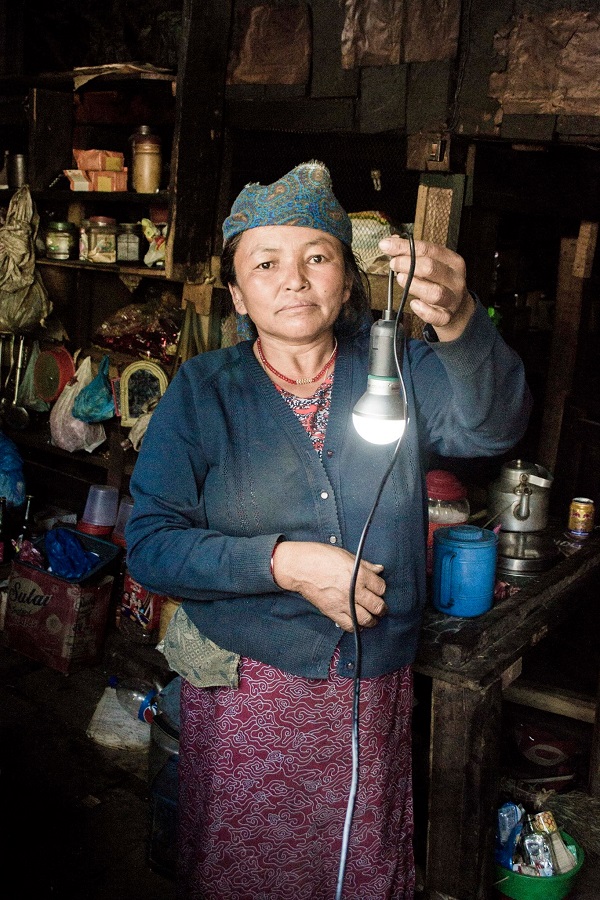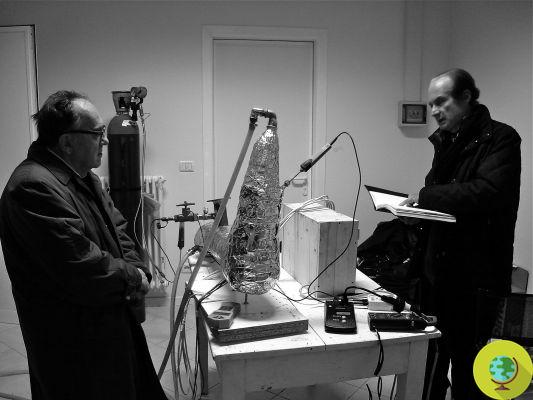Combine spinach and silicon, you will produce energy. It seems absurd but it is the new discovery made by Vanderbilt University that has developed a method to combine a photosynthetic protein of spinach
He is about to end up run over, his mother saves him
Put it together spinach e silicon, you will produce energy. It seems absurd but it is the new discovery made by Vanderbilt University who developed a method for combining a protein photosynthetic spinach, which converts the light into electrochemical energy, with silicon, the material usually used in solar cells. THE benefits? Produce even more energy than the previous ones "biohybrid" solar cells.
Il organic photovoltaics it seems to be the new one energy frontier. So, after cells made with blueberries in Settimo Torinese, nature seems to give us a new possibility to produce clean energy.
Indeed the idea is old, but its practical realization is very recent. More than 40 years ago, scientists discovered that one of the proteins involved in photosynthesis, called photosystem 1 (PS1), it continued to work even after it was extracted from plants such as spinach. Then the researchers determined that PS1 could potentially convert sunlight into electricity with an efficiency close to 100 percent, compared to the sub-40 percent conversion efficiencies of man-made devices. This has prompted several research groups around the world to take this path, using PS1 to create more efficient solar cells.
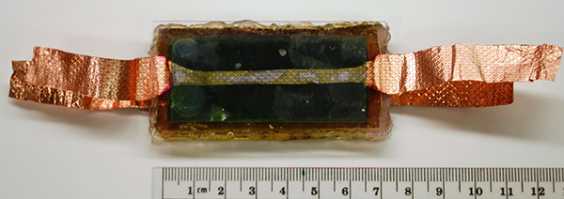
“This combination produces current levels about 1.000 times higher than what we were able to achieve by depositing the protein on various types of metals. It also produces a modest increase in tension, ”he explained David Cliffel, associate professor of chemistry, who collaborated on the project with Kane Jennings, professor of chemical and biomolecular engineering.
"If we are able to continue our current path by increasing voltage and current levels, we could create a range of 'mature' solar conversion technologies within three years."
The researchers' next step will be to build a cell made of PS1 and functioning silicon. Jennings has an Environmental Protection Agency award that will allow a group of engineering university students to build the prototype, which has already been filed for a patent.
The study was published in Advanced Materials.
Francesca Mancuso







